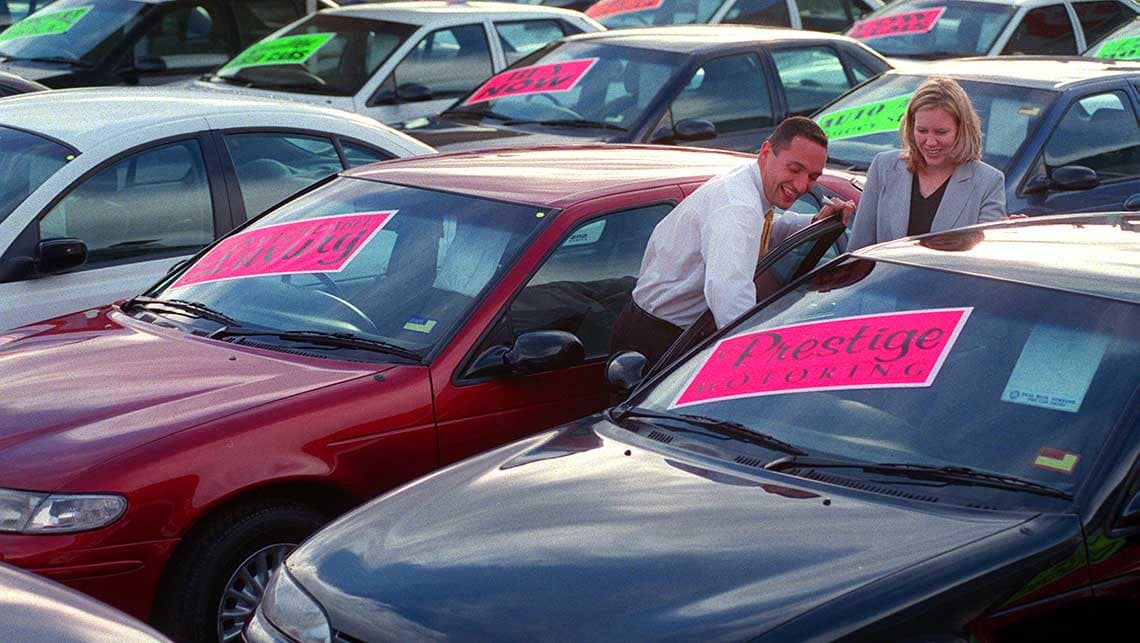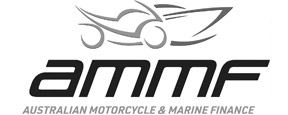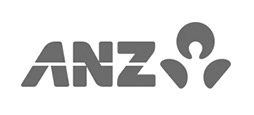Buying a used car can easily be a hassle – especially if you are not a car aficionado. There are a fair few steps with plenty of opportunities to trip up or miss things out along the way.
At Platform Direct Finance, we help people Australia-wide afford the car of their dreams by setting them up with highly competitive car finance rates. But payment is only a small part of the used car buying process, so here are 10 Top Tips to help you get behind the wheel of your next car!
1. Calculate your budget
Before teasing yourself by looking around at cars you can’t afford, make sure you work out how much you can spend on your car. It doesn’t have to be an exact figure – you can use a bracket if you are willing to stretch your budget that little bit further for the right car. Just make sure it is realistic – the last thing you want is to get carried away and end up with a car you can’t afford.
The price of the car itself will take up the largest part of your budget, but don’t forget to include your insurance, registration, and running costs. You may also want to keep some space in your budget for regular maintenance and hidden or surprise costs.
2. Research
Once you’ve worked out what you can afford, it will give you a much better idea of what to look for, and what to expect in your price range. Research is essential to give you an idea of whether the cars you are viewing are priced appropriately. If you spot a car at a much higher, or even much lower, price than you should normally expect for that model then it is probably one to avoid.
There are plenty of resources online that will tell you how much you should expect to pay for a car, and how to take a cars age and condition into account when negotiating a price.
3. Find the right car for you
It helps to have a make or model in mind when looking for a used car to help narrow down the vast market of available vehicles. If you see a car you like the look of, look on the manufacturer’s website to get an idea of the full set of features as the advert is unlikely to list them all. However, be aware that used cars may be very different by the time they make it to resale, so read the listing carefully as well.
If you don’t have your mind set on a particular make or model, you may find it easier to compile a list of priorities – features you’d like, whether you prefer comfort or performance, particular shapes or model types, etc. You can then compare the cars you see while browsing to your list of priorities to see if they are a good fit for you.
4. Get in touch
Once you have found the car for you, get in touch with the seller. Make sure you arm yourself with plenty of questions – this is standard practice, so don’t worry if it feels prying. It is important you get as much information about the car as possible to avoid problems down the line or to give you the chance to pull out of the sale before making a payment.
Ask the seller:
- Why are they selling the car? Is it due to an issue with the car itself or are they just moving on to a newer model?
- How long have they owned the car? How many kilometers are on the clock?
- Has the car ever been in any accidents? Is the car damaged in any way?
- What condition is the car in? Has it been well-maintained? Has anything been replaced?
- Will it meet an RWC?
- Does the car have any “bad habits”? Are there any quirks or faults that pop up from time to time?
5. Arrange a viewing
If you are satisfied with the answers to the above questions, it’s time to see the car for yourself. Organize a meeting at a time that suits both parties.
If the seller is a private individual as opposed to a licensed dealer, make sure you meet them at their home address. Don’t risk meeting them at your own home or a neutral place – you can never be too careful when it comes to meeting strangers from the internet or from classified ads.
Take a copy of the advert with you for reference. Make sure you jot down any information that came up while questioning the seller too and bring it with you. This is so you can check the car is as advertised – the same amount of kilometers on the clock, the same amount of wear and tear etc.
6. Investigate the car’s history
Even if the seller seems trustworthy, it is always worth checking the car’s history to make sure it hasn’t been stolen, encumbered by an outstanding loan, or even written off in the past! The car might have a history that even the current owner is not aware of.
To check a car’s history, get the car’s VIN number and check it against the database of the state it was registered in. In some states, this is free. In others, you may have to pay a small fee – but it’s well worth it! Here are the websites for checking vehicle registrations according to Australian state:
- New South Wales, ACT and Northern Territory
- Victoria and Tasmania
- Queensland
- South Australia
- Western Australia
7. Check the car thoroughly
When viewing the car, give it a comprehensive inspection yourself. If you don’t feel confident that you will spot any mechanical problems, get an independent mechanic to view the car for you. This step is vital as it could reveal serious technical problems that could otherwise have gone unnoticed.
When inspecting the car:
- Check under the bonnet. Look for signs of oil leaks. Use a stick to check the level of oil – low oil levels could be an indicator that the car has been under-maintained.
- Make sure the car is well lit. Don’t just view the car in a dark garage or at night, as the dark may conceal dents, scratches or rust.
- Don’t be afraid to get down on your knees and check under the car. There may be rust or cracks. If you see any welding marks it suggests the car has been in a crash or has had some serious structural repair.
- Check the tyres. Make sure they are in good condition, and pumped up and with most of their tread.
- Make sure the wheels are properly aligned. The front and back wheels should be directly in line with each other. If not, this suggests the car has been in a crash or has suffered structural damage to the chassis.
- Start the car with a cold engine. This helps you see if the car has any problems starting so you don’t end up stuck in your driveway down the line.
- Check the inside of the car. Make sure all the seat belts work, any switches on the dashboard or steering wheel work, and that the seats move back and forth smoothly.
- Check the gaps between the body panels. If the gaps between the body panels aren’t equal it indicates they have been fixed or replaced.
8. Take it for a spin
When starting the car, take notice of how the keys feel in the ignition and if the engine starts up with ease. Before setting off, turn the steering wheel as far as it will turn in both directions, listening out for any banging or scratching sounds. Test the handbrake by pulling it on and then pressing the accelerator – gently does it! A working handbrake should hold the car in place.
When on the road, listen to the sound of the engine. If you can hear anything unusual this is a very good indicator of mechanical problems. Make sure the seller doesn’t try and distract you by turning on the radio or otherwise attempting to draw your attention away from any faults.
Once you’ve got going, make sure you test the car in as many environments as possible. This means try driving slowly through a town and fast down the motorway. Try driving on multiple road surfaces – tarmac, gravel, even a dirt track, to make sure the car is versatile. Use all the gears to make sure the gear changes are smooth.
9. Drive a hard bargain
Of course, it is natural that a seller will want to get as much as possible for their car. This doesn’t mean you should just accept their price blindly. Before going to negotiate, arm yourself with a list of faults that need fixing or work that needs doing to the car, and work out how much that is going to cost you to fix. Once you have the list, you’ll be in a stronger bargaining position.
A good trick while negotiating is to ask the seller to name the price, then reply with a lower price that takes into account the list you made above and stay quiet until they reply. The worst they can do is turn you down. Don’t feel you need to compromise your position out of politeness, and don’t feel pressured into paying more than you think the car is worth. Before you have exchanged any money you can pull out at any point.
10. Sealing the deal
If you are completely satisfied with the car and the price, then it is time to close the deal. Always get original copies of the paperwork, don’t settle for photocopies. This includes registration papers, the full-service history, and the logbook.
When the time comes to make a payment, make sure you get a receipt detailing the seller’s full details, in case any problems arise. Seriously, their full details! Some seller’s will ask for a deposit. This is fine as long as you agree to it.


































































